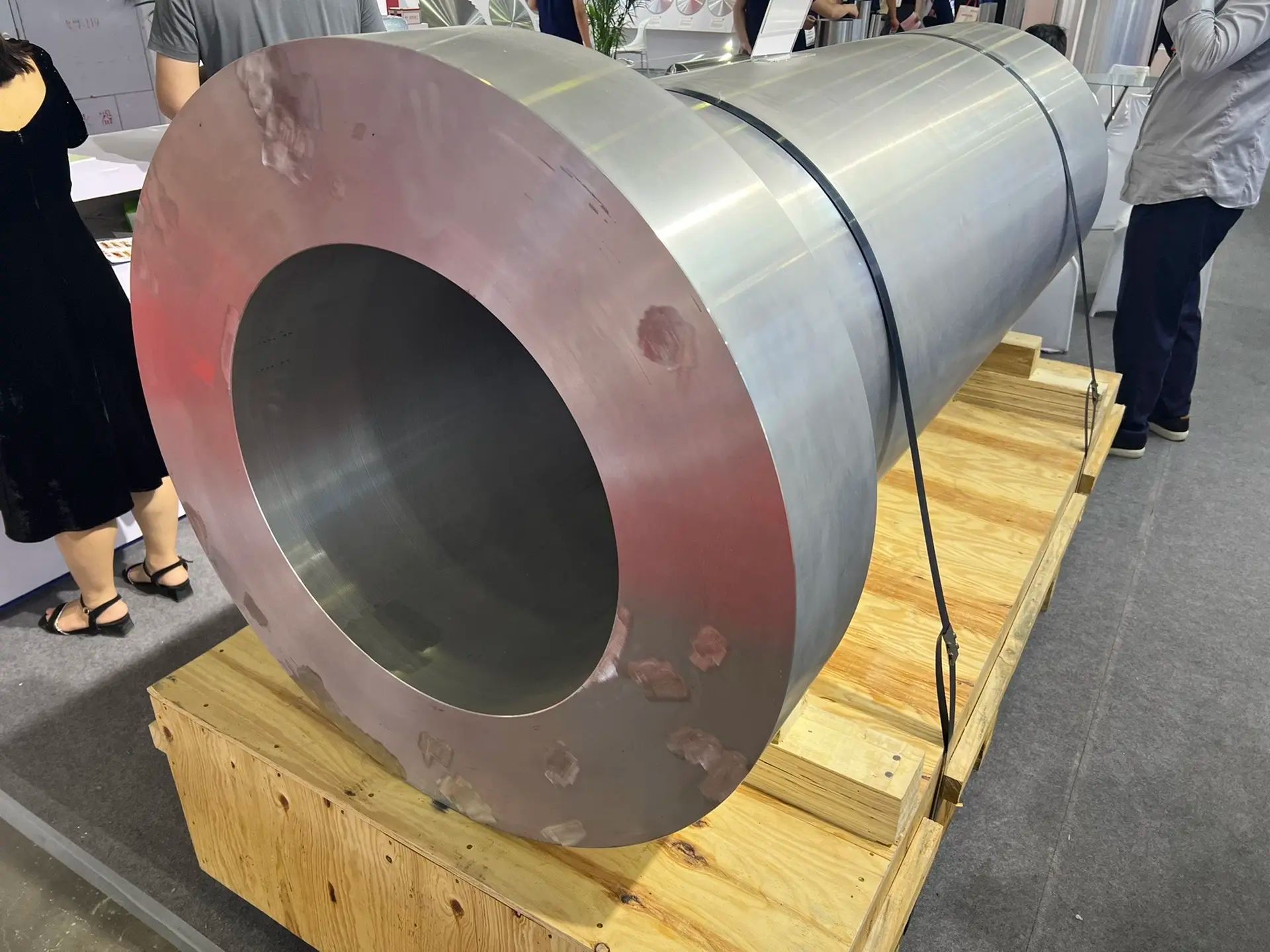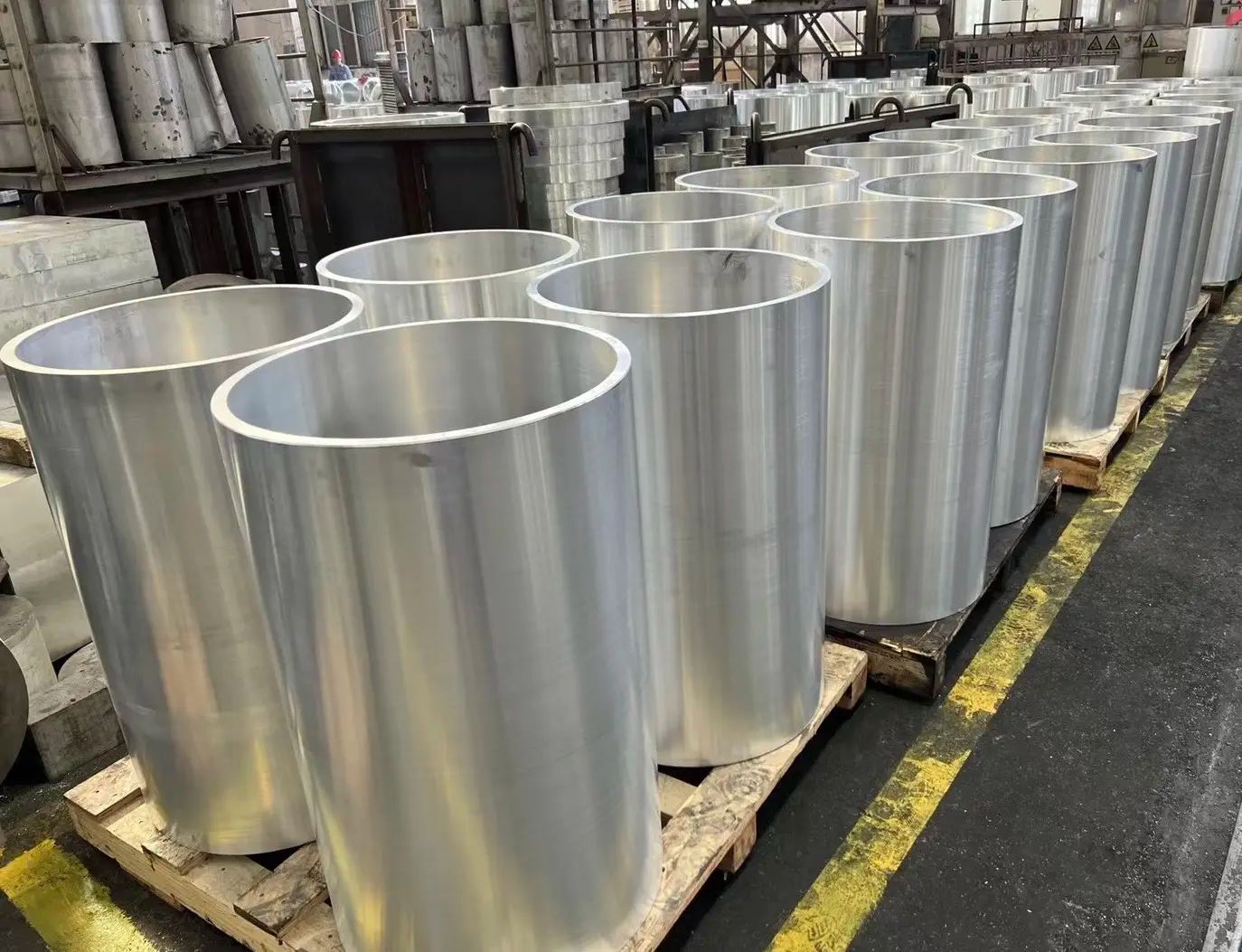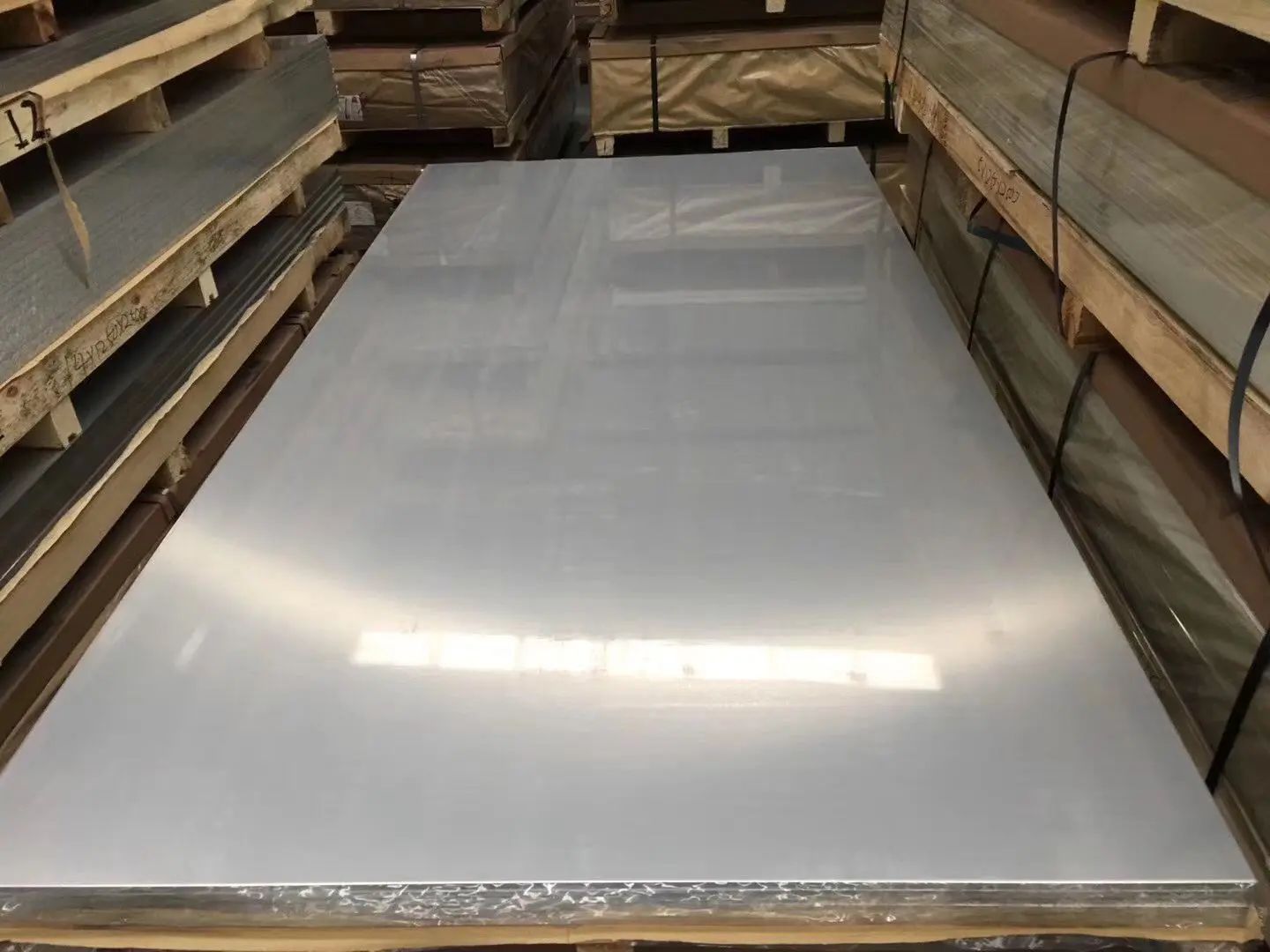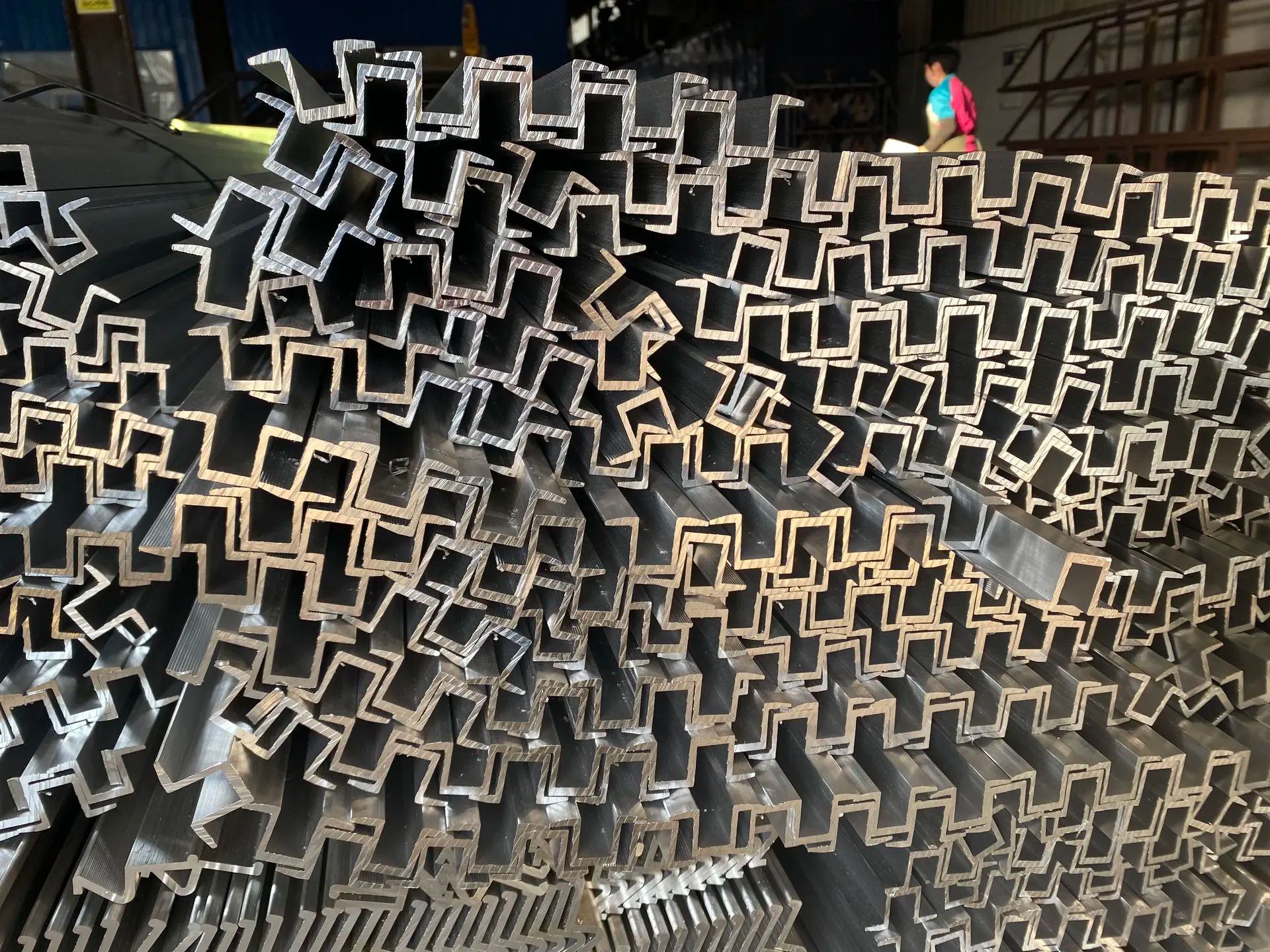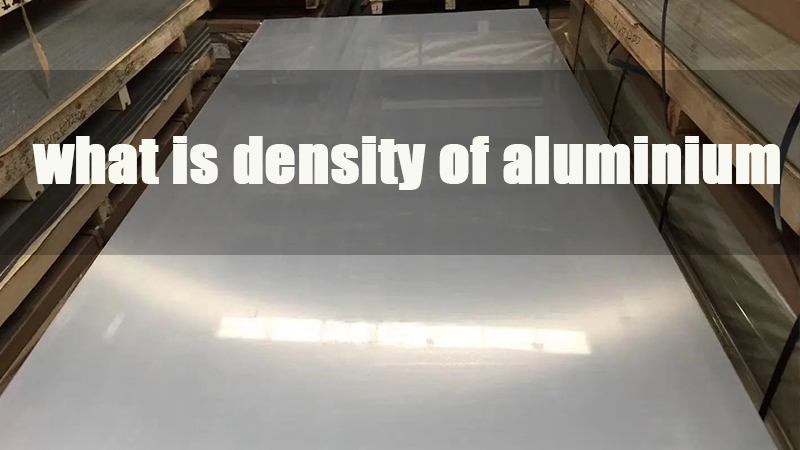
- 1.0Basic Definition and Numerical Description
- 1.1What Is Density?
- 1.2Basic Density Data of Aluminum
- 1.3What Is the Density of Pure Aluminum?
- 1.4Density Comparison with Common Metals:
- 1.5Key Advantages of Aluminum Due to Its Unique Density
- 1.6Differences in Density Among Aluminum Materials
- 1.7Physical Properties
- 1.8Chemical Properties
- 1.9Density Variation in Aluminum Alloys
- 2.0Impact of Aluminum Density on Industrial Design and Applications
- 3.0Why Aluminum Density Matters in CNC Machining
- 4.0Relationship Between Density and Other Properties
- 5.0Factors Affecting Aluminum Density
- 6.0How to Measure the Density of Aluminum (Popular Science Guide)
1.0Basic Definition and Numerical Description
Aluminum is a popular industrial material due to its low density—about one-third that of steel—and high strength-to-weight ratio. This makes it lightweight yet strong, easy to work with, and suitable for many industrial uses.
1.1What Is Density?
Density refers to the mass of a substance per unit volume. It is commonly represented by the Greek letter ρ (rho) or the letter D (for Density). Mathematically, density is defined as the ratio of mass to volume:
ρ = m / V
Where:
ρ = density
m = mass
V = volume
Definition
Density is the amount of mass contained in a unit volume of a substance. That is,
ρ = M / V
Where M is the mass and V is the volume of the object. For materials with uniform mass distribution, the density formula can be simplified to this basic mathematical form.
In other words, density is defined as the “ratio” of mass to volume.
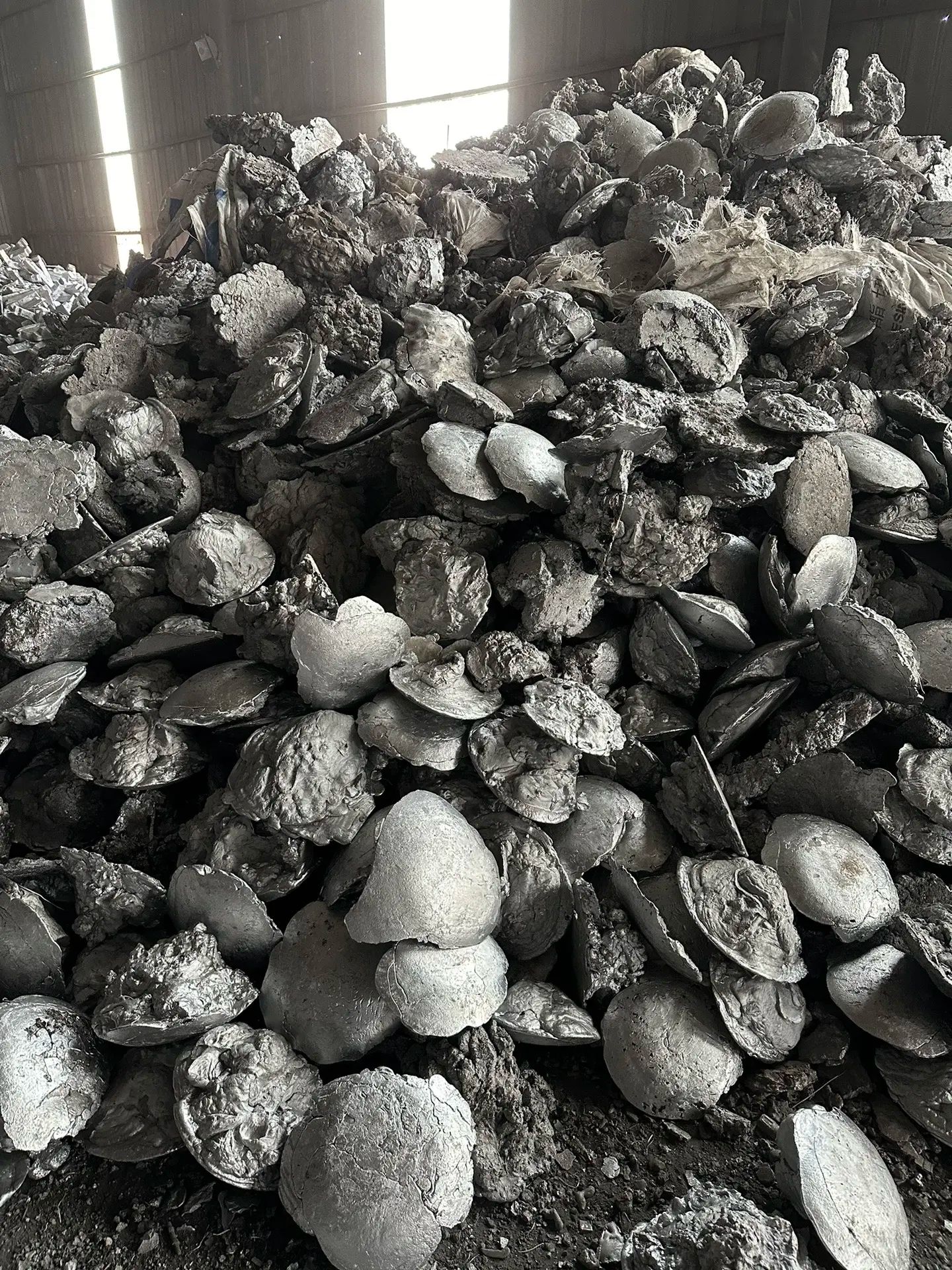
1.2Basic Density Data of Aluminum
- The density of aluminum is approximately 2,710 kg/m³.
- Aluminum alloys have a similar density, typically ranging from 2,640 to 2,810 kg/m³.
1.3What Is the Density of Pure Aluminum?
Density refers to the mass contained within a unit volume of a substance.
The density of pure aluminum is about 2.7 g/cm³, though it may vary slightly depending on its physical state.
- In solid form, the density of pure aluminum is 2,699 kg/m
- In liquid form, the density fluctuates slightly between 2,697 and 2,699 kg/m³.
- For example, at 973 K, the density of liquid aluminum is 2,357 kg/m³;
- At 1,173 K, it decreases to 2,304 kg/m³.
1.4Density Comparison with Common Metals:
| Metal or Alloy | Density (g/cm³) |
| Aluminum | 2.71 |
| Aluminum Alloy | 2.66–2.84 |
| Zinc | 7.13 |
| Iron | 7.20 |
| Carbon Steel | 7.86 |
| Copper | 8.94 |
| Lead | 11.33 |
| Gold | 19.30 |
1.5Key Advantages of Aluminum Due to Its Unique Density
- Lightweight:Low density makes aluminum light and easy to handle; ideal for aircraft manufacturing.
- Corrosion Resistance:Forms a protective oxide layer that prevents rust and corrosion.
- Recyclable:100% recyclable, environmentally friendly, and cost-effective to recycle without quality loss.
- High Conductivity:Electrical conductivity twice that of copper by weight; excellent thermal conductor
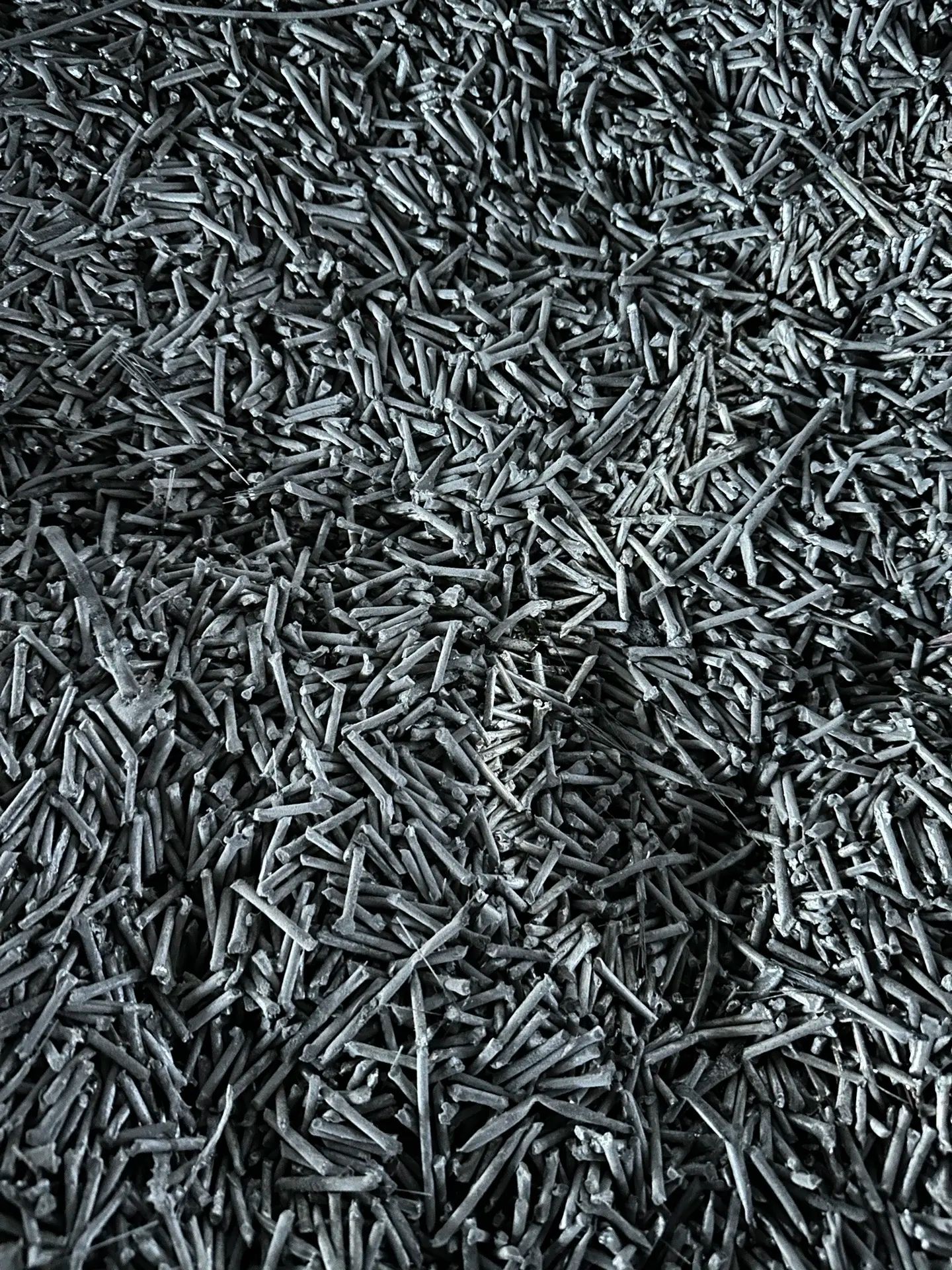
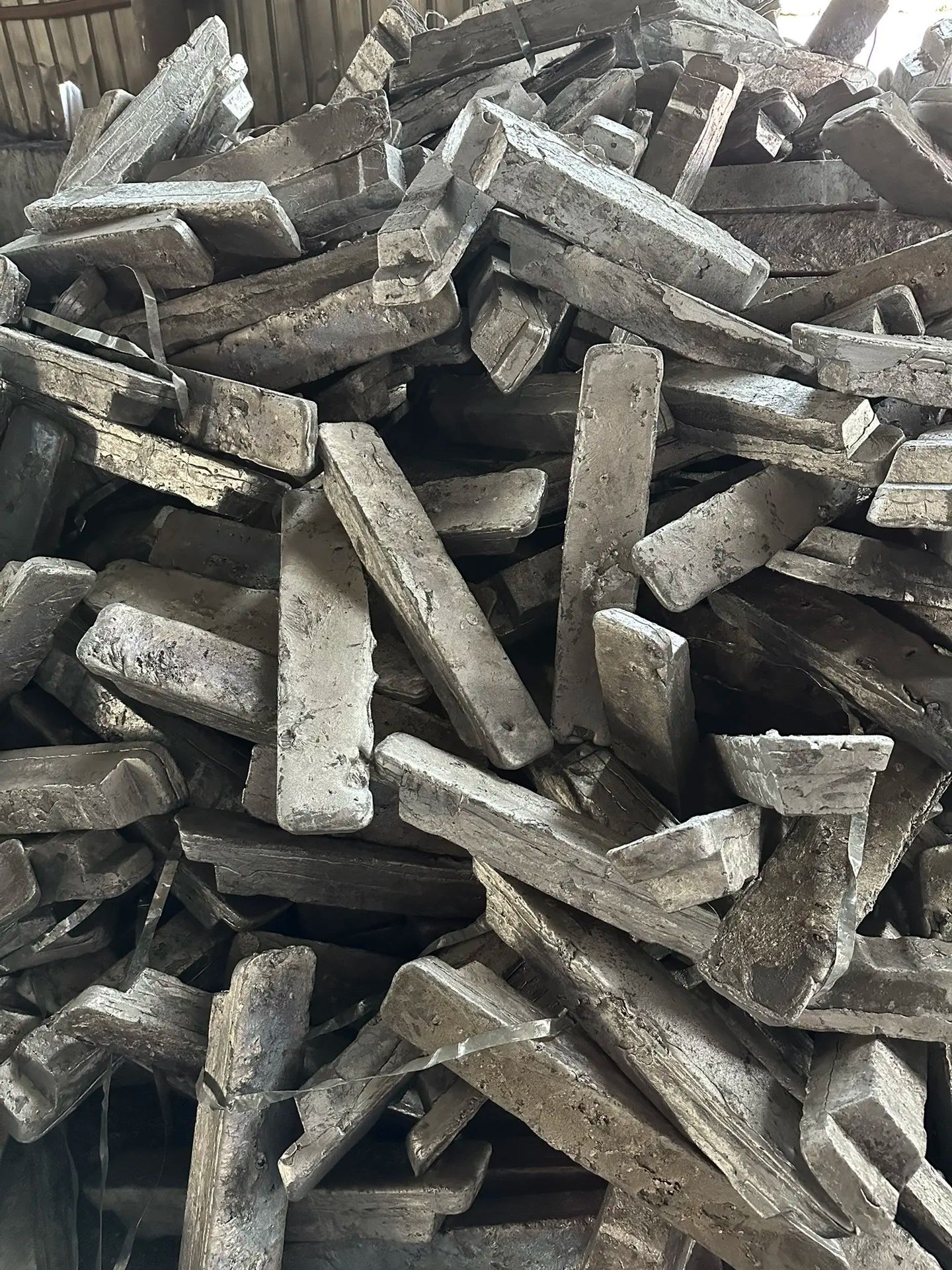
1.6Differences in Density Among Aluminum Materials
Pure aluminum typically has a density of about 2.7 g/cm³, but alloying can cause slight variations. Heavier alloying elements increase the weight. For example, the 1xxx series alloys are close to pure aluminum, considered commercial aluminum with 99% purity.
In contrast, the 7xxx and 8xxx series alloys can have densities up to around 2.9 g/cm³. Specifically, 7075 aluminum alloy has a density of 2.81 g/cm³, higher than other alloys, and is one of the strongest aluminum alloys available—its tensile strength is nearly twice that of 6061 aluminum.
Interestingly, the 4xxx series alloys, mainly alloyed with silicon, can have a density lower than pure aluminum’s 2.7 g/cm³, as silicon reduces aluminum’s density.
1.7Physical Properties
- Aluminum is easily recognizable by its silver-white color with a slight bluish tint.
- Pure aluminum is a soft metal but becomes harder and stronger when alloyed.
- Due to its softness, aluminum can be hammered into very thin sheets.
- It is ductile, allowing it to be shaped or bent according to project needs.
- Aluminum is an excellent conductor of electricity and heat and resists corrosion by forming a protective oxide coating.
1.8Chemical Properties
- Aluminum exhibits various chemical properties and mainly exists as compounds in bauxite ore, which is a mixture of aluminum, oxygen, and other elements. Bauxite is the primary source of aluminum.
- When exposed to oxygen, aluminum slowly reacts to form a protective layer of aluminum oxide.
- Aluminum reacts with many liquids, including hot acids and hot water.
- It also reacts with bases such as limewater and sodium hydroxide and forms high-strength alloys when combined with elements like magnesium, copper, and silicon.
1.9Density Variation in Aluminum Alloys
- Alloy Effect:Alloying elements like Mg, Si, Cu, and Zn cause slight density changes in aluminum alloys, affecting their mechanical properties and versatility.
- Other Factors:Processing, grain size, temperature, hardening, heat treatment, coatings, hydration, and impurities also influence density.
- Density Range:Pure aluminum density is about 0.1 lb/in³ (2,700 kg/m³). Aluminum alloys vary slightly but remain much lighter than steel.
| Room Temperature Density Values for Aluminum Alloys | ||
| Aluminum Alloy | Density | |
| g/cm3 | lbm / in3 | |
| Aluminum Alloy 1100 | 2.710 | 0.098 |
| Aluminum Alloy 2014 | 2.800 | 0.101 |
| Aluminum Alloy 2024 | 2.780 | 0.100 |
| Aluminum Alloy 3003 | 2.730 | 0.099 |
| Aluminum Alloy 3004 | 2.720 | 0.098 |
| Aluminum Alloy 3005 | 2.730 | 0.098 |
| Aluminum Alloy 3105 | 2.720 | 0.098 |
| Aluminum Alloy 4043 | 2.690 | 0.097 |
| Aluminum Alloy 5005 | 2.700 | 0.098 |
| Aluminum Alloy 5050 | 2.690 | 0.097 |
| Aluminum Alloy 5052 | 2.680 | 0.097 |
| Aluminum Alloy 5083 | 2.660 | 0.096 |
| Aluminum Alloy 5086 | 2.660 | 0.096 |
| Aluminum Alloy 5154 | 2.660 | 0.096 |
| Aluminum Alloy 5183 | 2.660 | 0.096 |
| Aluminum Alloy 5356 | 2.640 | 0.096 |
| Aluminum Alloy 5454 | 2.690 | 0.097 |
| Aluminum Alloy 5456 | 2.660 | 0.096 |
| Aluminum Alloy 5554 | 2.690 | 0.097 |
| Aluminum Alloy 5556 | 2.660 | 0.096 |
| Aluminum Alloy 5654 | 2.660 | 0.096 |
| Aluminum Alloy 6005 | 2.700 | 0.097 |
| Aluminum Alloy 6061 | 2.700 | 0.098 |
| Aluminum Alloy 6063 | 2.700 | 0.097 |
| Aluminum Alloy 6066 | 2.720 | 0.098 |
| Aluminum Alloy 6070 | 2.710 | 0.098 |
| Aluminum Alloy 6105 | 2.690 | 0.097 |
| Aluminum Alloy 6351 | 2.710 | 0.098 |
| Aluminum Alloy 6463 | 2.690 | 0.097 |
| Aluminum Alloy 7075 | 2.810 | 0.101 |
2.0Impact of Aluminum Density on Industrial Design and Applications
Lightweight Design
Widely used in automotive, aerospace, and rail industries to reduce weight and improve energy efficiency.
Example: Aluminum alloy car doors weigh 30–50% less than steel doors.
Balance of Cost, Density, and Strength
Low density doesn’t always mean better; strength and stiffness must be considered for optimal design.
Specific strength (strength-to-weight ratio) is a key metric for material performance evaluation.
Advantages of Aluminum Profiles and Hollow Tubes
Hollow structure + low density = superior performance per unit volume.
3.0Why Aluminum Density Matters in CNC Machining
Material Handling and Processing Efficiency
- Aluminum’s low density means it’s lighter and easier to handle than steel or titanium, improving machining efficiency.
- Lighter materials reduce CNC machine load, extending tool life and lowering maintenance.
Tool Wear and Cutting Forces
- Lower cutting forces are required to machine aluminum, reducing tool wear and prolonging tool life.
- Reduced cutting force allows higher cutting speeds and feed rates, boosting productivity.
Thermal Management
- Aluminum’s good thermal conductivity helps dissipate heat during machining, preventing thermal expansion, warping, or deformation.
- Efficient heat management ensures dimensional accuracy and surface finish quality.
Material Removal Rate (MRR)
- Low density leads to higher MRR compared to denser materials, enabling faster material removal and shorter machining times.
Dimensional Accuracy and Surface Finish
- Aluminum’s machinability, aided by its density and cutting characteristics, allows tight tolerance control and high-quality surface finishes, essential for precision applications.
4.0Relationship Between Density and Other Properties
- Effect of Heat Treatment States: Heat treatments like T6, T4, and O do not significantly change aluminum’s density but can slightly affect volume, impacting theoretical calculations.
- Relation to Thermal Conductivity: Aluminum has high thermal conductivity (~235 W/m·K) combined with low density, making it an excellent material for heat dissipation (e.g., heat sinks, LED brackets).
- Trade-off with Electrical Conductivity: Aluminum’s electrical conductivity is lower than copper’s, but its density is only about one-third of copper’s, which is why aluminum is widely used as a substitute in high-voltage power transmission.
5.0Factors Affecting Aluminum Density
Alloying Elements: Aluminum is often alloyed with metals like copper, magnesium, manganese, silicon, and zinc to improve mechanical properties. These elements slightly alter the final alloy density, typically ranging from 2.66 g/cm³ to 2.80 g/cm³ depending on composition.
Temperature: Like most materials, aluminum’s density decreases as temperature rises due to thermal expansion, and increases when cooled due to contraction. Thermal expansion/contraction effects must be considered in applications with large temperature variations.
Porosity: Manufacturing processes can introduce porosity into aluminum, lowering its overall density. Casting may create voids or pores inside the material, while advanced manufacturing techniques (including CNC machining) minimize porosity and ensure consistent material properties.
6.0How to Measure the Density of Aluminum (Popular Science Guide)
6.1Materials and Equipment Needed:
- Small metal object that can be fully submerged in water
- Balance with a hook underneath for weighing suspended objects, resolution at least 0.01 g (see note if balance lacks this feature)
- Metal wire (a bent paperclip works well) to hang the object on the balance hook
- Support stand or platform to hold the balance so the object can hang freely underneath
- Beaker large enough to fully submerge the object without spilling
- Support to hold the beaker under the balance at the correct height
- Tap water
- Calculator
- Nylon thread (like fishing line) or similarly lightweight material to suspend the object
- Disposable nitrile gloves (especially when handling metals that might contain lead)
- Optional: Clamp to fix the balance stand on the edge of a table or counter
6.2Step-by-Step Procedure:
- Remove the bottom cover of the balance to expose the internal hook.
- Place the balance on a stand with a hole so the hook is accessible.
- Attach the metal wire hook to the internal hook, then tare (zero) the balance.
- Suspend the metal object using nylon thread on the hook beneath the balance and weigh it in air.
- Fill the beaker with water and place it under the suspended object.
- Raise the beaker until the object is fully submerged. Use a support to keep the beaker at the right height. Make sure there are no air bubbles on or inside the object.
- Weigh the submerged object.
- Calculate the density using the formula below.
- Compare the calculated density with known densities of metals and alloys from reference tables.
- Repeat steps 4–9 for other samples if needed.
6.3Density Calculation Formula:
ρ = (m_air) / (m_air – m_water) × ρ_water
Where:
- ρ = density of the object (g/cm³)
- m_air = mass of object in air (g)
- m_water = apparent mass of object when submerged in water (g)
- ρ_water = density of water (approximately 0.998 g/cm³ at 20°C or 0.997 g/cm³ at 25°C)
References:
https://www.canada.ca/en/conservation-institute/services/conservation-preservation-publications/canadian-conservation-institute-notes/metal-density.html
https://www.thyssenkrupp-materials.co.uk/density-of-aluminium.html
https://en.wikipedia.org/wiki/Density
https://en.wikipedia.org/wiki/Porosity



